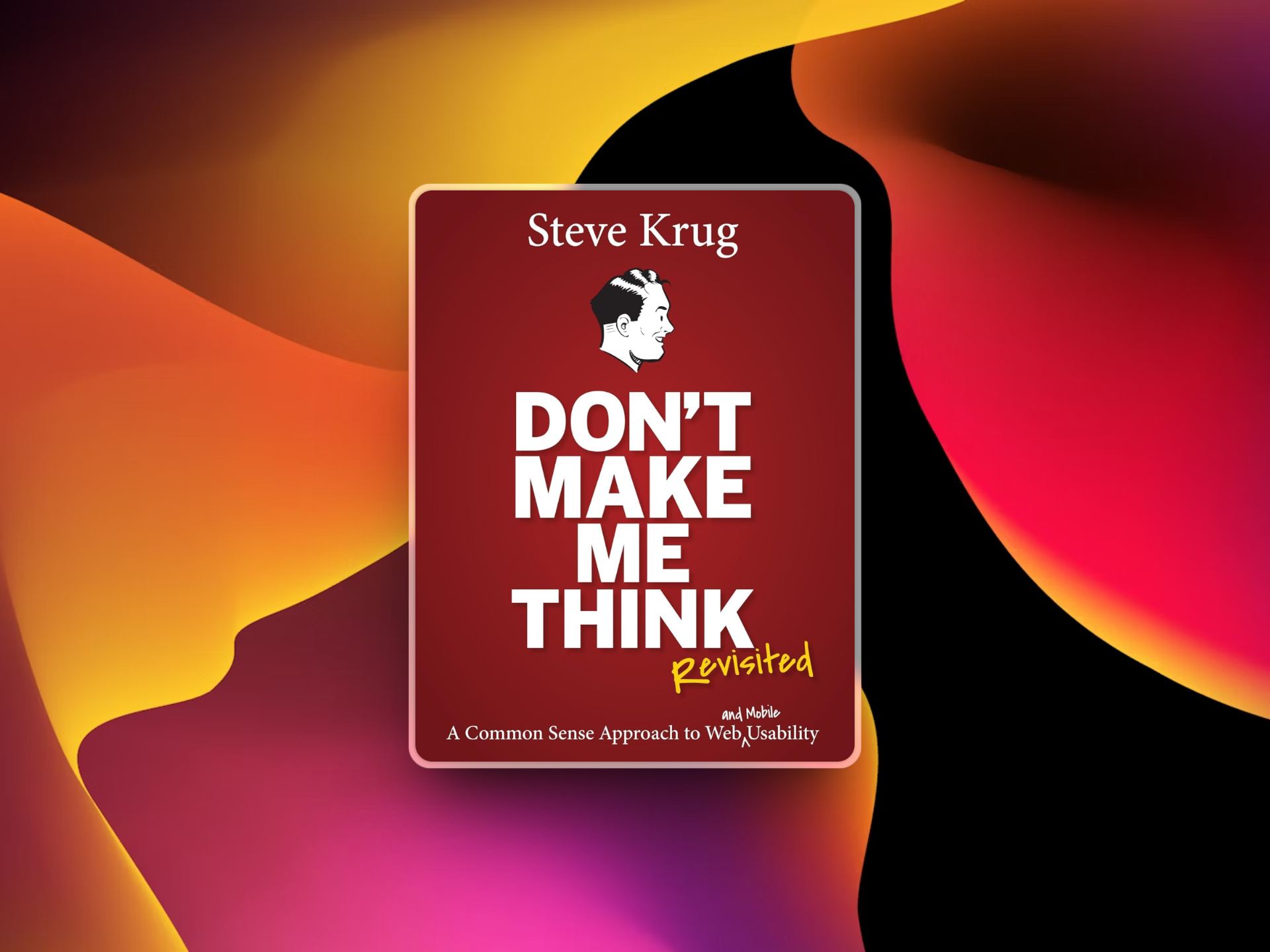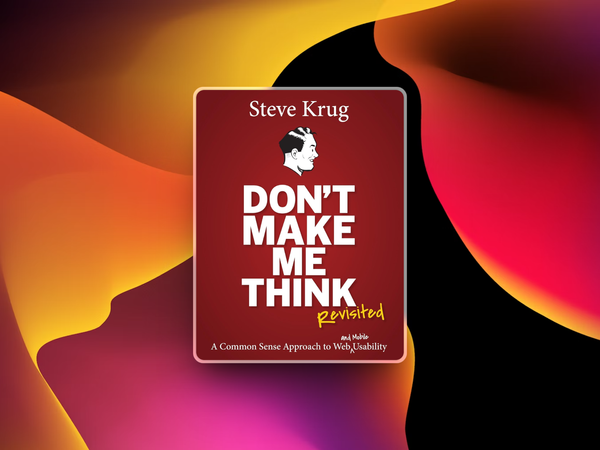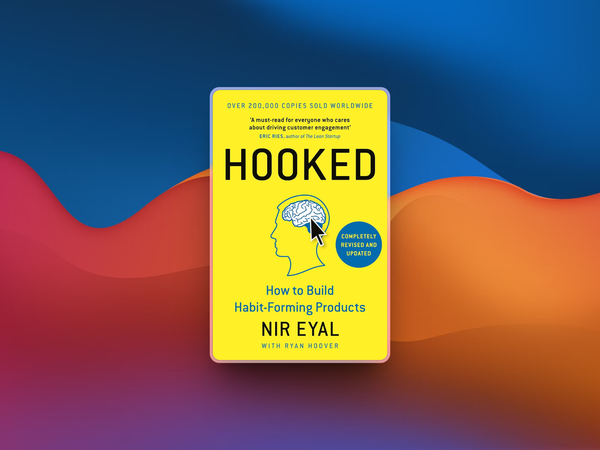There are certain books in the tech and design world that just… stick around.
They get recommended year after year, even as frameworks flicker and design trends shift like sand. Steve Krug's "Don't Make Me Think" is definitely one of them.
Yeah, I know, the first edition came out ages ago in internet time. You might be wondering if a book about web usability from back then can still be relevant. My honest answer?
Absolutely, 100% yes.
The Core Idea is Simple (and That's the Point)
The beauty of this book is its simplicity.
Krug's central thesis is right there in the title: when people use a website or an app, they shouldn't have to puzzle things out. It should be obvious. Self-evident. Using it shouldn't require instructions or conscious thought.
It sounds like basic common sense, right? And it is!
But Krug manages to break down why things often aren't obvious online, and he does it in a way that's incredibly clear, practical, and even pretty funny.
Forget dense academic theory or impenetrable jargon; this book is short, skimmable, and packed with visual examples that make you smack your forehead and say, "Ah, that's why that website always annoys me!"
Who Needs to Read This? Pretty Much Everyone
Honestly, I think anyone who touches a website or digital product in any capacity can benefit from reading this.
- Designers & Developers? Obvious fit. It's foundational stuff for creating intuitive interfaces.
- Product Managers & UX Folks? Yep, helps you advocate for the user and understand core usability principles.
- Marketers? Want people to actually use that landing page or navigate your site easily? Read this.
- Content Creators? Understanding how people scan and read online is crucial.
- Small Business Owners? Building your own site or hiring someone? This helps you know what "good" looks like.
It's the perfect entry point if you're new to thinking about usability, but it's also a fantastic refresher even if you've been in the game for years. It brings you back to the fundamentals.
But Is It Really Still Relevant Today?
Okay, so the web has changed. We've got different devices, fancier tech, evolving design patterns.
But here's the thing: the fundamental ways people scan pages, try to find information, decide what to click, and get frustrated when things are confusing... those haven't really changed that much.
Krug actually released a "Revisited" (3rd Edition) a few years back that specifically updates examples and adds thinking around mobile usability, which keeps it feeling fresh.
The core principles, though? Timeless.
The Bottom Line
Look, I'm not saying "Don't Make Me Think" is the only book you'll ever need on usability or design.
But if you haven't read it, you're missing out on some incredibly practical, foundational wisdom that can make a real difference in the things you build or manage.
It helps you get out of your own head and see things from the user's perspective.

Don't Make Me Think
Hundreds of thousands of Web designers and developers have relied on web usability expert Steve Krug's guide to help them understand the principles of intuitive navigation and information design. Witty, commonsensical, and eminently practical, it's one of the best-loved and most recommended books on the subject.
It’s an easy read, honestly – you could knock it out in an afternoon or a couple of commutes. And the payoff in building better, less frustrating experiences for people is huge.
If you're thinking of picking it up, I highly recommend grabbing the "Revisited" edition. You can find it in most bookstores, but popping over to Amazon is usually a quick and easy way to get it.
Seriously though, whether you buy it through that link or borrow it from a library, give "Don't Make Me Think" a read. Your users (and maybe your future self) will thank you.










